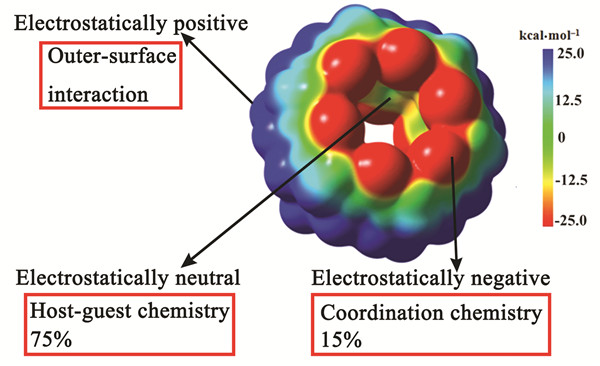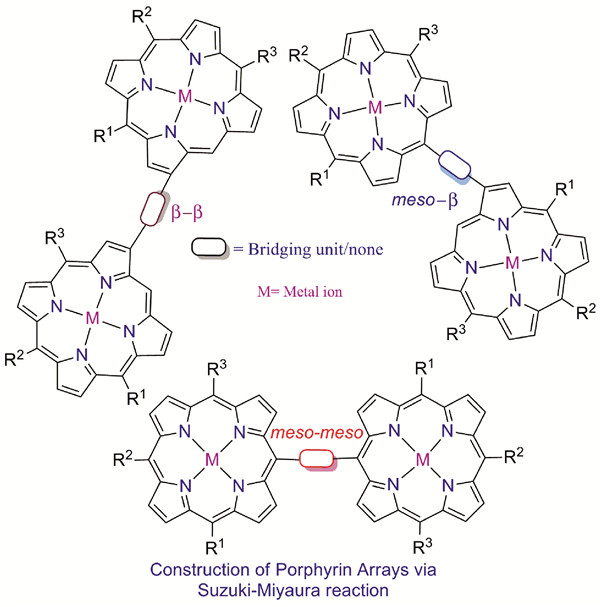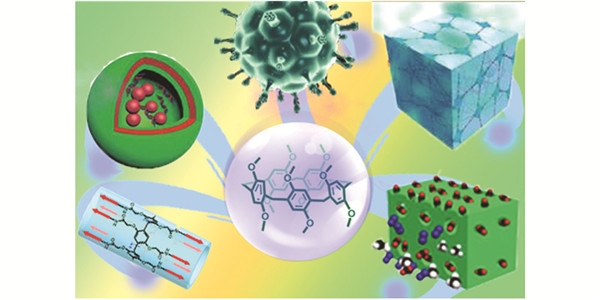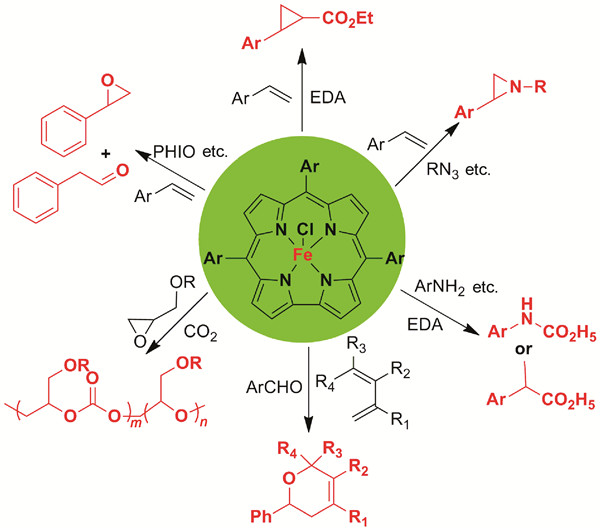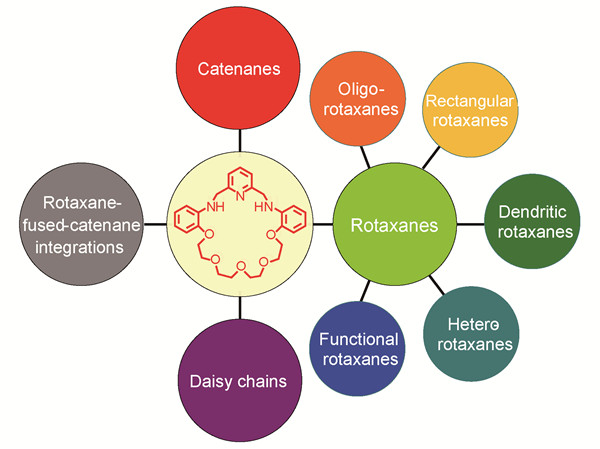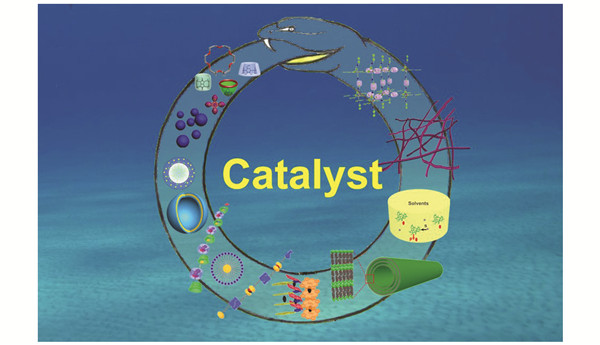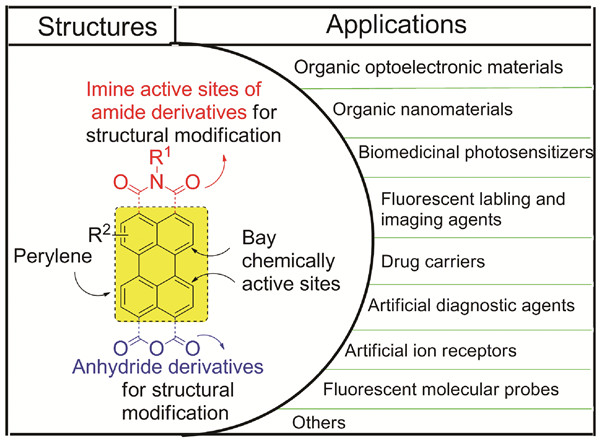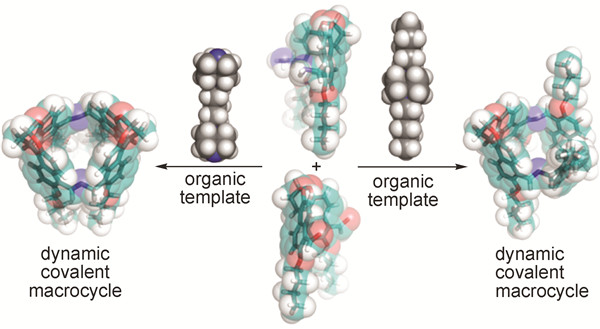Zhu Qianjiang, Xue Saifeng, Tao Zhu. Supramolecular Coordination Polymers Based on the Outer-Surface Interaction of Cucurbit [n] urils[J]. Progress in Chemistry, 2015, 27(6): 625-632.
Contents
1 Introduction
2 Typical outer-surface interactions of cucurbit[n]urils resulting in the formation of Q[n]s-based coordination polymers
2.1 Electrodonating effect of the alkyl-substituted groups on the outer-surface of cucurbit[n]urils
2.2 π…π stacking between portal carbonyl groups of cucurbit[n]uril as well as C—H…π interaction between methine or methylene moieties on the outer-surface of cucurbit[n]urils and aromatic moiety of organic structure directing agents
2.3 Unusual hydrogen bonding between methine or methylene moieties on the outer-surface of cucurbit[n]urils as well as ion-dipole interactions between positive portal carbonyl carbon of cucurbit[n]urils and chloride anion from polychlorometallate anions
2.4 Coordination interaction between hydroxyl groups on the outer-surface of cucurbit[n]urils with metal ions
3 Potential applications of the supramolecular coordination polymers
4 Conclusion and outlook









